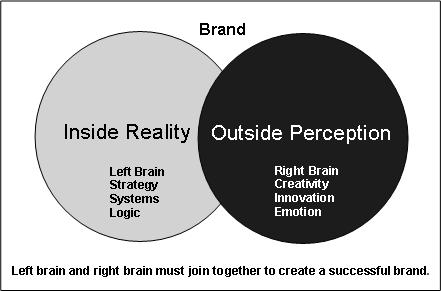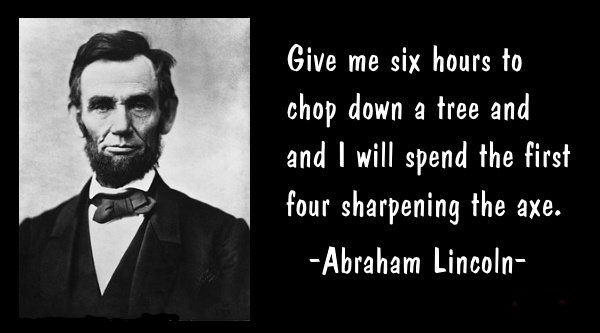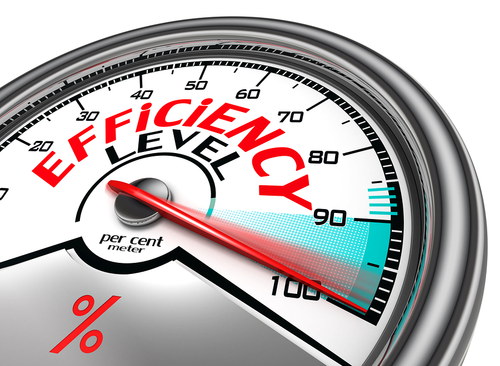In football, the red zone is the hard-fought distance between the twenty-yard line and the goal line. Fortunes are made and lost by how often a team can score a touchdown once they have entered the red zone.
In life and in business, the rewards go to the finishers, those who endure discouragement, disappointment and even despair, never giving up, overcoming all obstacles until they finally drive the ball through the red zone and over the goal line.

The Systems Doer
Such is the way of the Systems Thinker who becomes a Systems Doer—a champion no less valiant than any sports hero–who painstakingly builds a business one system at a time—THE RIGHT WAY!
System Doers see the problems–dissatisfied or too few customers, waste and inefficiency, unproductive employees, low profits, etc.—and modify their game plan to get results and put points on the board. Like a football team, successful business owners improve their systems and processes until they can consistently execute their strategy with precision and score touchdowns that please customers. There is no other way to take a team or a business to the Superbowl.
A plaque I read recently says, “Do It Now!” Star Trek’s Captain Picard tells Commander Ryker, “Make it so.” Larry the Cable Guy just says, “Git er dun.” However you may say it, we all need to face the brutal facts about our business, roll up our sleeves, and do the things that are hard to do. Do you have the will, the pig-headed determination, to develop yourself and your business into a perennial winner?
System Doers understand one more concept: The last twenty yards—the red zone—is the hardest to cross. Some on the team may falter as you require change and improvement, as you expect them to become Systems Thinkers and Systems Doers. Those who shun the natural accountability that comes with good business systems should be cut from the team. Those who truly want to do their best will thrive in well-run systems or processes.
The words of John Greenleaf Whittier, an American poet, seem particularly fitting: “For all sad words of tongue and pen, the saddest are those, ‘It might have been.'” (1807-1892).
Thinking about how things might have been is hell. So, don’t be a quitter. Be a finisher! Put your head down and move the ball one yard at a time. When you get into the red zone—those last grueling twenty yards—suck it up and drive the team to victory!
Guess What?
You probably thought I have been talking to YOU all along. Not so. Today, I am talking to ME. I need the pep talk. I need the pat on the rear. I need to envision the cheering crowds just moments away.
We are now in the red zone with Box Theory™ Gold software. Our file server crashed last week. Some programming tasks and bugs have bogged us down. The final details are a real chore to complete. I’ve hit the wall. My strength is spent. I am straining with everything I have left to reach the ball over the goal line. Can I do it?
Yes, I can . . . and I will. AND SO WILL YOU!
Many years have passed since I wrote this article and introduced Box Theory™ software. I am now retired and making the software plus my ebook available for FREE to my business friends. No strings attached. You can download it here or fill out a form on this page. I hope you find it of great value as you strive to grow a prosperous business.

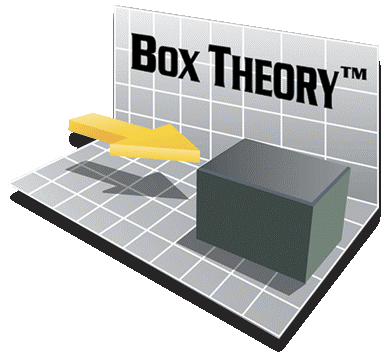



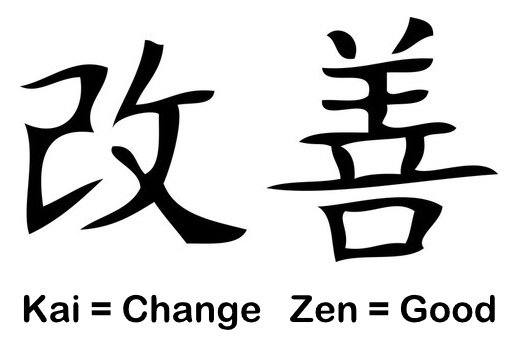
 Systems = Art and Science
Systems = Art and Science